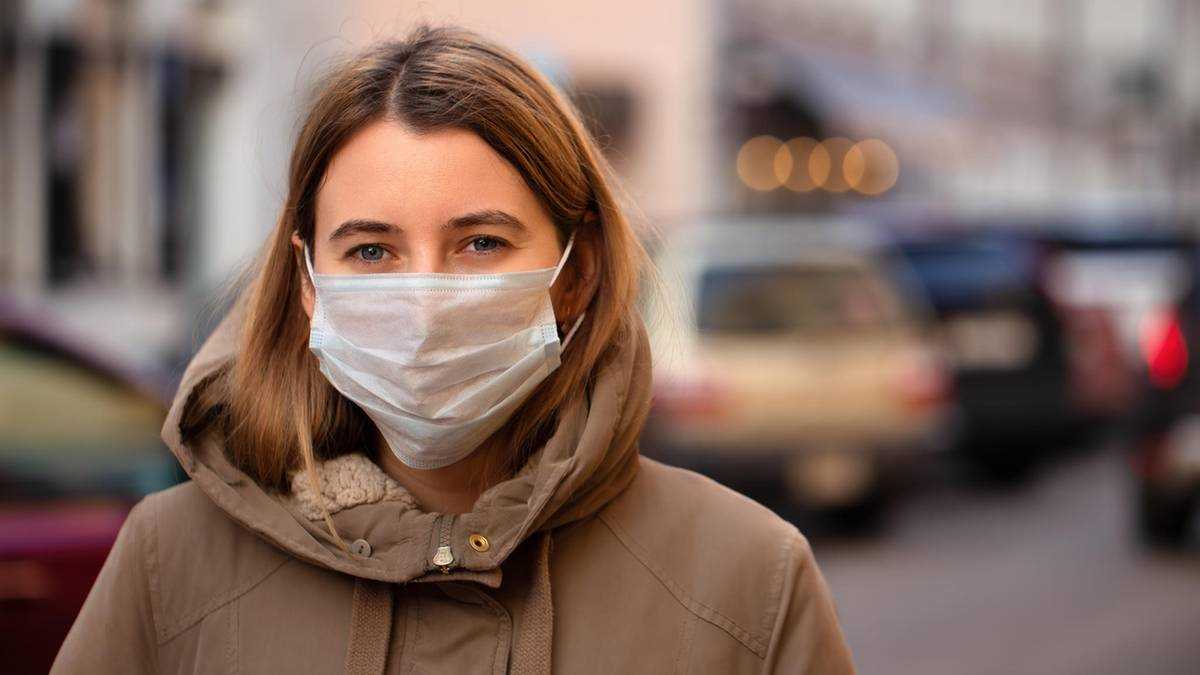In the age of the corona pandemic, respirators are a much sought-after commodity, because the most common transmission path of the new corona virus is from person to person via fine droplets, which are secreted when talking, coughing and sneezing, for example. Respirators can help prevent coronavirus infection. For this reason, it is of fundamental importance for medical personnel in close contact with people suffering from Covid 19 that sufficient protective respiratory masks are available.
There are different views about wearing respirators in the population. According to the Robert Koch Institute (RKI), there is insufficient evidence that wearing mouth-nose protection actually reduces the risk of infection for a healthy person who wears it.
General mask requirement should not come
The Federal Government has clearly spoken out against a general requirement to wear a mask and emphasizes that wearing respiratory masks primarily serves to protect people from being infected. Accordingly, wearing a nose and throat protection makes sense, "when people with acute colds and respiratory diseases are on the move in public spaces". On the other hand, wearing respiratory masks "can create a false sense of security in situations where this is not recommended" and can lead to the neglect of important protective measures.
According to the Robert Koch Institute (RKI), the most important and most effective measures for personal protection and the protection of other people continue to be "good hand hygiene, compliance with coughing and sneezing labels and keeping a distance".
In the German city of Jena, however, wearing mouth and nose protection should be mandatory from next week – if no masks are available, scarves or scarves are also tolerated as protection provided they cover the mouth and nose – and are also in Austria In future, protective masks will be mandatory when shopping in supermarkets. Protection is to be achieved by the fact that potentially infected people who do not yet have any signs of illness distribute fewer viruses in their surroundings through the masks. The experts at "Pulmonologists on the Net" write accordingly:
To break the chain of infection, everyone should wear a mouthguard when speaking – this could also be a self-sewn mouthguard – patterns are available on the Internet. (…) In contrast, professional respiratory masks should be reserved for medical staff, since these people work in close contact with infected people.
What to watch out for when wearing a respirator
We explain below what is important when wearing a respirator.
1: Do not wear the mask too loosely
For effective protection of a respirator, it is important that it is close to the face. To do this, for example, it is necessary to bend a possibly existing nose piece appropriately. The mask should extend from the root of the nose to under the chin.
2: Do not wear wet masks
As soon as the mask has become moist with breathing air, it is time to change it and dispose of it, because as soon as the mask is moist, the protective mechanism is no longer guaranteed. Reusable masks made of textiles should be washed and / or disinfected and only used again when completely dry.
Prof. Klaus-Dieter Zastrow, chief physician of the Hygiene Institute Berlin and chairman of the German standardization committee for surgical textiles, recommends to disinfect textile masks to "Bild.de": "Dry at 70 degrees Celsius before you use them again! Simple Put in the preheated oven for 30 minutes, then the mask is dry, all viruses are dead and the mouth and nose protection can be reused. "
Dr. Georg-Christian Zinn, Director of Hygiene Center Bioscientia, recommends to "RTL.de" to get several cloth masks at once, to change them if they get wet or dirty, and to boil them with suitable material for disinfection. Cotton fabrics in bright colors are best suited for this, as they can be washed hot and do not stain. If a fabric mask is carefully dried after use, it can also be worn for a few days.
3: Only put on masks with clean hands
The wearer of the respirator should only touch the mask when putting it on and taking it off and wash their hands thoroughly with soap before putting on and after taking it off, in order to remove any viruses that might stick to their hands.
4: Keep mask dry
In the recommendations for the use of medical masks, the RKI also points out that the masks should be kept dry in the air after removal – not in a closed container. Contamination of the inside of the mask and spreading of viruses to other surfaces must be avoided.
5: Have only one person wear the mask
It is also intended to ensure that a mask is only worn by one person at a time – for example by marking the mask on the tether.
Anyone who suspects that they have contracted the corona virus should strictly stay at home and wear mouth and nose protection so as not to infect direct contacts – more here: Suspected corona: What should I do now?
Sources used: bundesregierung.de, rki.de, lungenaerzte-im-netz.de, bild.de, rtl.de
